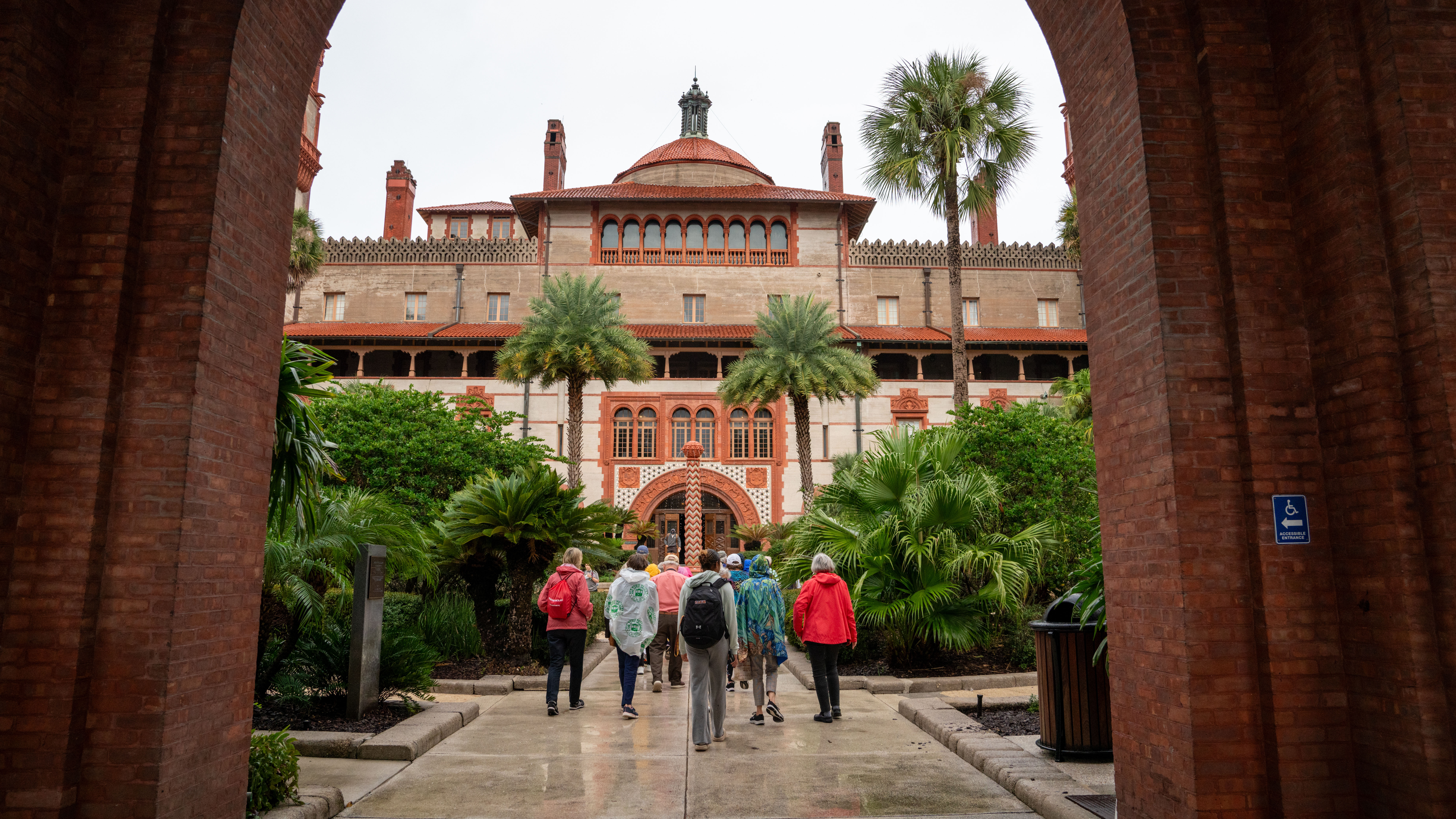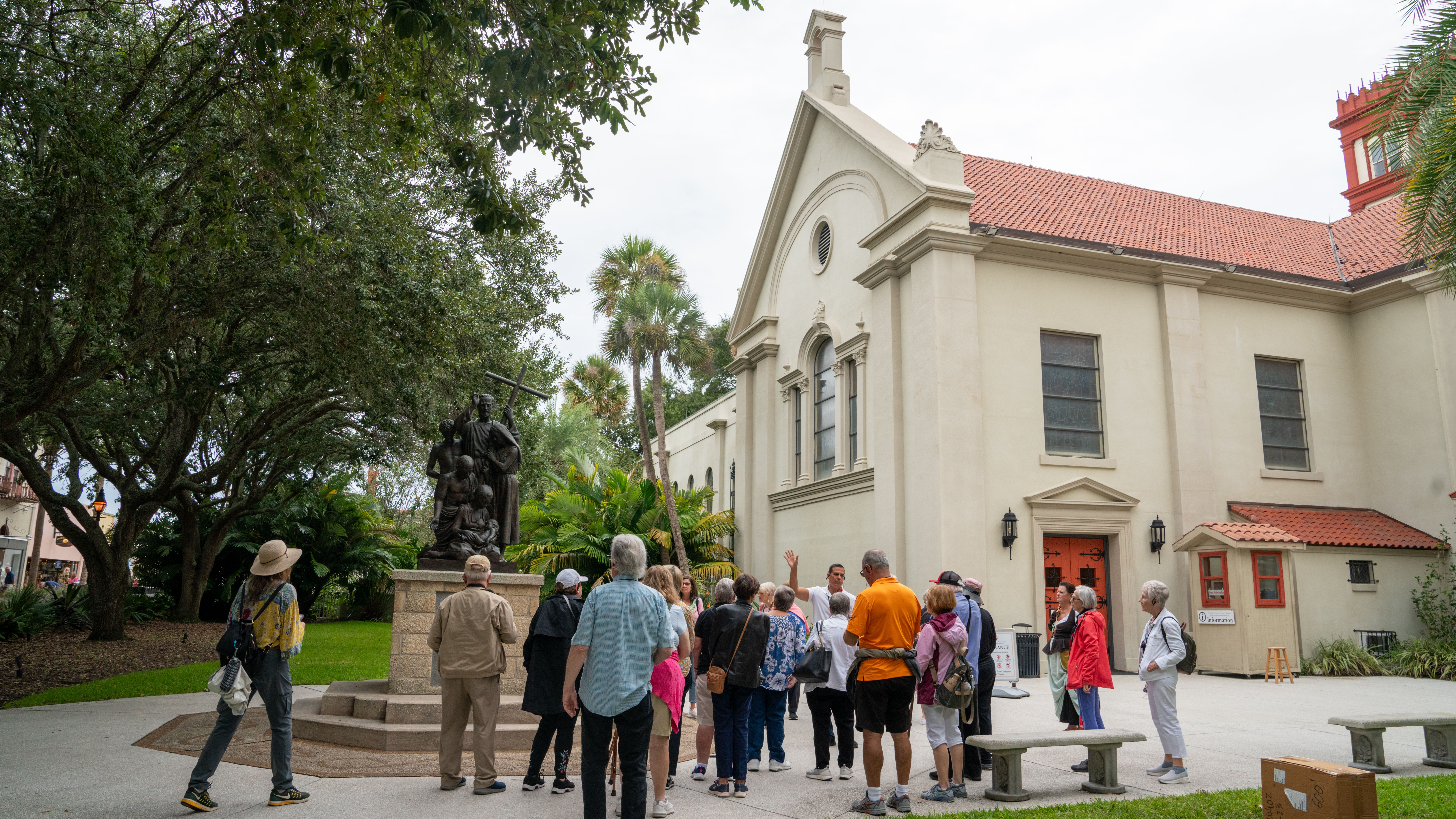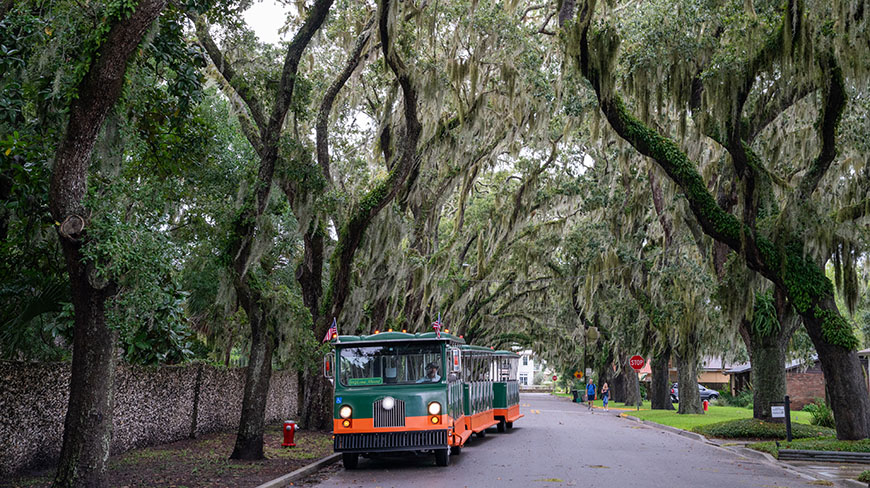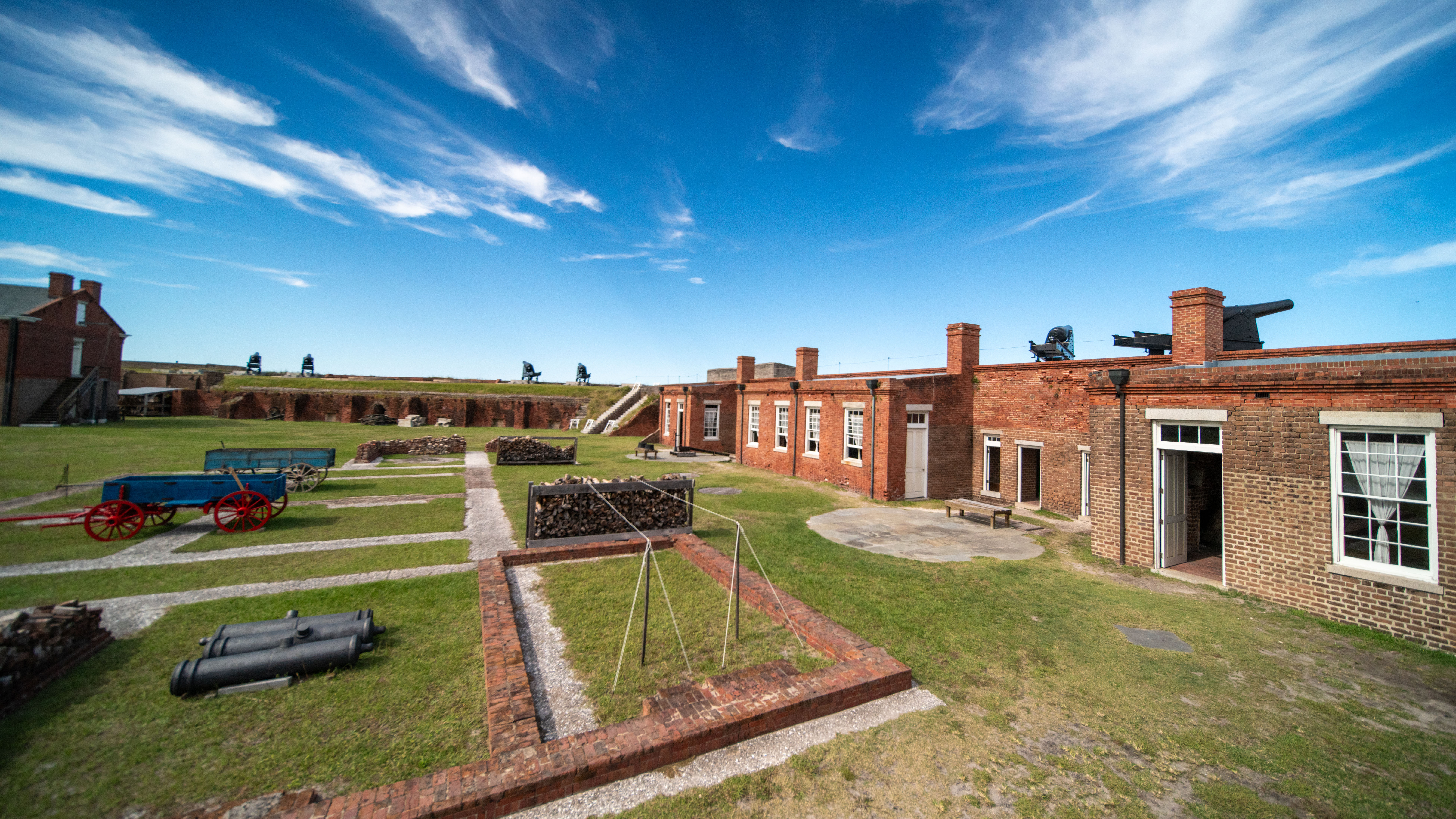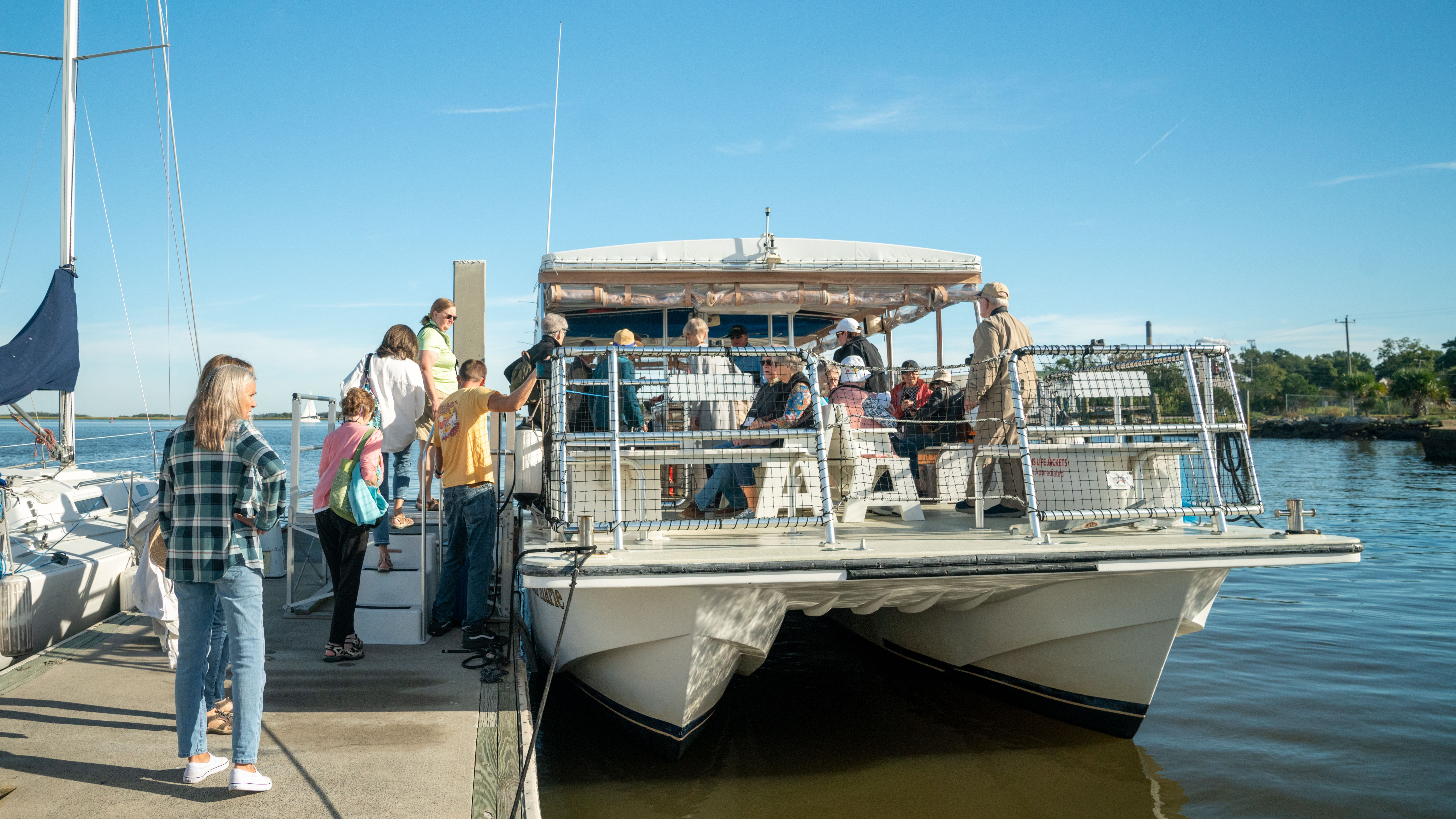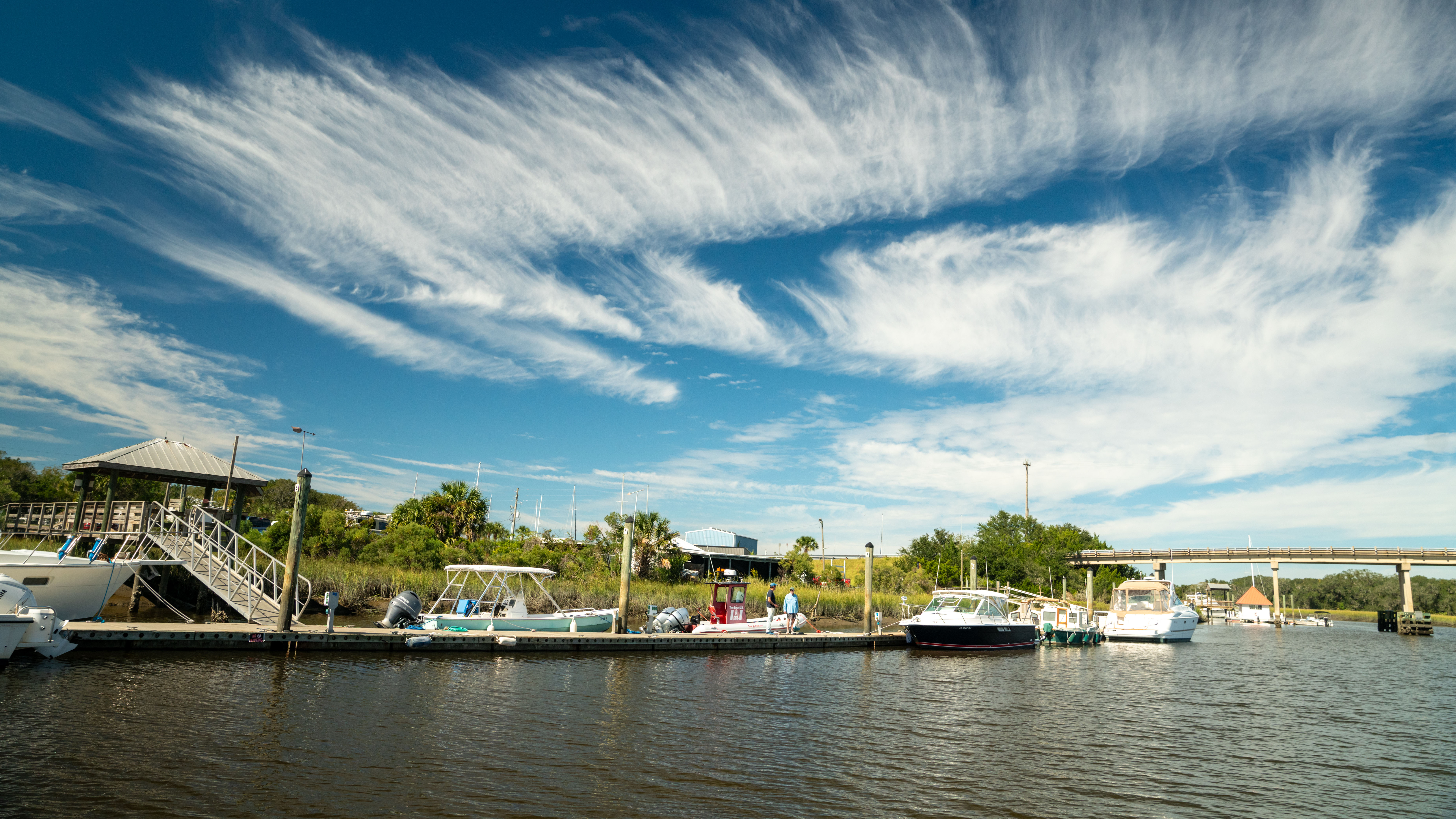Amelia Island and St. Augustine: Coastal Treasures in Florida
- Encounter rare birds, watch for manatees and learn about the shrimping industry as you boat the backwaters of Amelia Island.
- Join an expert in period dress to learn about Minorcan settlers of St. Augustine, who arrived here after nine years of enslavement at a nearby indigo plantation.
- On a field trip to Flagler College, learn about Henry Flagler’s contributions to the development of Florida’s Atlantic Coast and hear stories about the Flagler family.
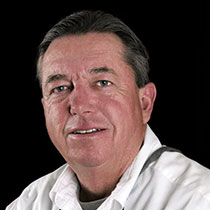


We want your Road Scholar learning adventure to be something to look forward to—not worry about. That’s why we go to the ends of the earth to give you peace of mind, from the moment you enroll until the day you return home.

Road Scholar is committed to the well-being of every participant, whether on a program in the United States or abroad. That’s why all participants are covered under our Road Scholar Assurance Plan, which provides 24-hour assistance in the event of an emergency during your program, as well as insurance for emergency medical evacuation.

Road Scholar is pleased to offer its Trip Protection Plan as a way to protect your program investment. You may purchase this optional trip protection plan when enrolling in your program.

We offset a portion of the emissions created by your travel. Read about our commitment to a more sustainable planet.


